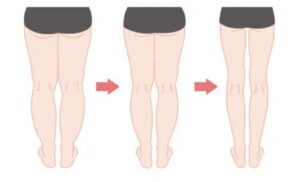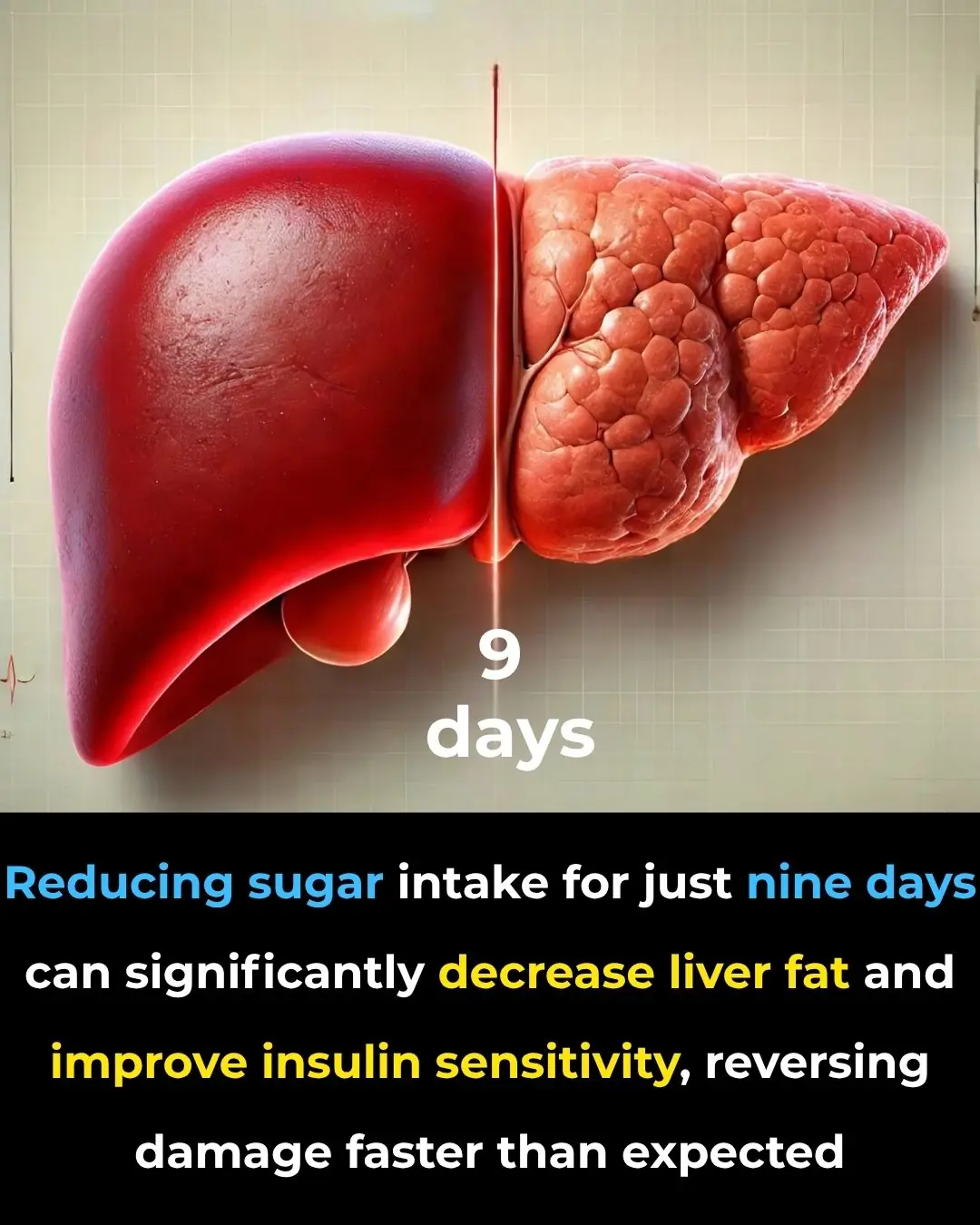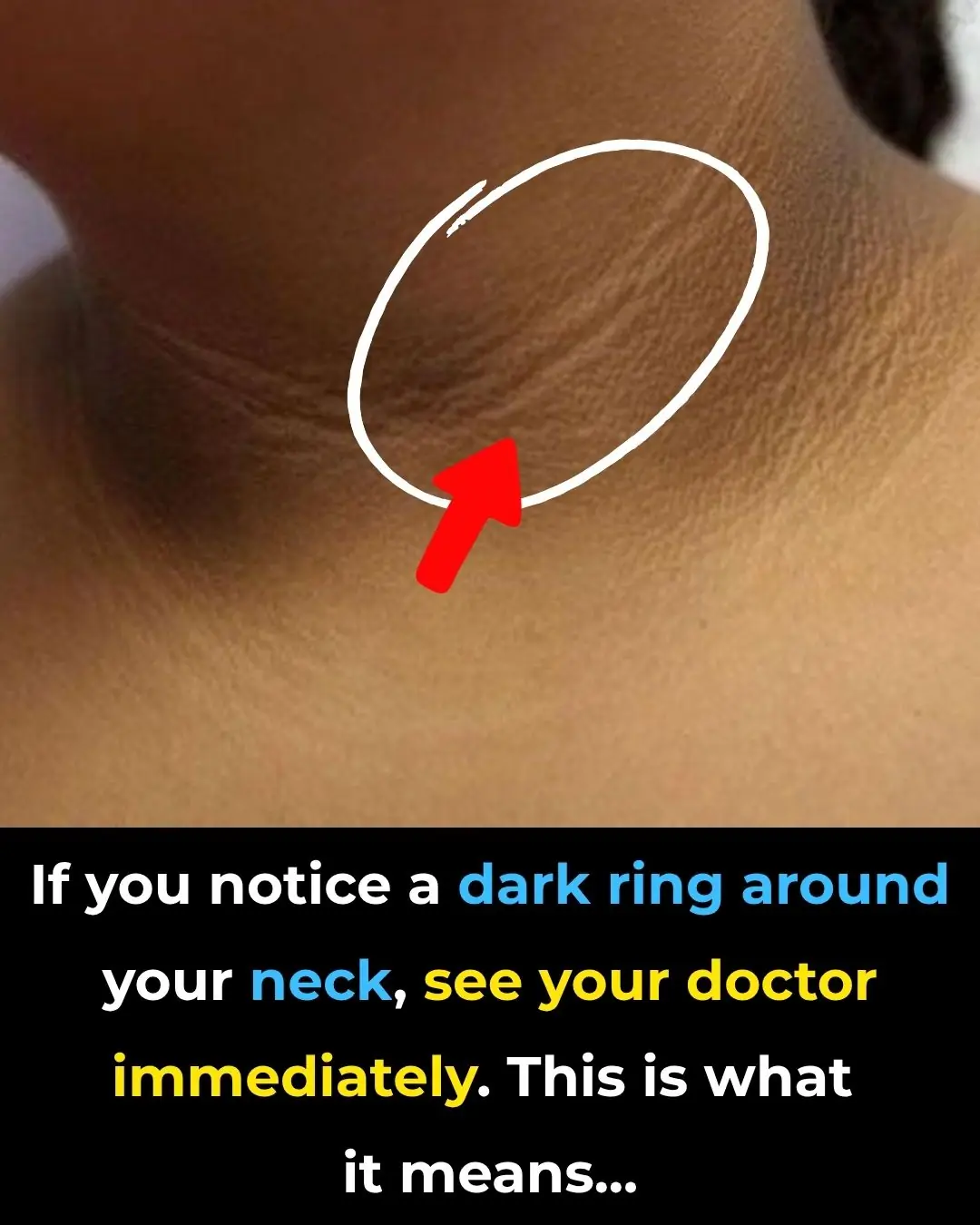
The gap between a woman’s legs can reveal that she is…
Some trends, despite the passing of years and shifting beauty standards, seem to cling on stubbornly. One such example is the infamous “thigh gap” — the much-discussed space between the inner thighs when standing upright. But why does this seemingly minor anatomical detail continue to fascinate so many, especially when it’s unattainable for the vast majority of people? Here’s the truth: it’s got nothing to do with your workout routine or your level of determination.
The Thigh Gap: A Persistent Misconception That Defies Logic

With the rise of social media platforms like Instagram and TikTok, certain aesthetic ideals have been amplified to unrealistic and even damaging proportions. The thigh gap is one such ideal. Once hailed as a hallmark of slimness and feminine appeal, it continues to generate thousands of posts, reels, and challenges across the internet. From questionable “thigh gap workouts” to viral transformation videos, the underlying message is loud and clear: having a gap between your thighs is both achievable and desirable. But is that really true?
In reality, the presence or absence of a thigh gap is almost entirely dependent on your anatomy — not on how clean you eat or how many leg days you power through. It comes down to structural components like pelvic width, femur angle, and the natural distribution of muscle and fat in your legs. These are factors coded in your DNA, not shaped by your willpower.
What Science — and Your Skeleton — Really Say
Even if you maintain a very low body fat percentage, chances are you might never see a thigh gap. And that’s not only normal — it’s completely fine. According to Dr. Ross Perry, a UK-based medical expert, the thigh gap is simply a result of specific bone alignment and hip structure. It’s not an indicator of fitness, health, or dedication.
Many models featured in fashion campaigns or magazine covers who appear to have a thigh gap may owe that look to favorable bone structure, strategic posing, or post-production editing. In fact, several images we see are often digitally enhanced, making them not just rare — but fictional.
So no matter how much you restrict calories or engage in targeted exercises, you can’t overcome skeletal limitations. If your pelvis is naturally narrow or your legs tend to angle inward, trying to “achieve” a thigh gap may be a frustrating and harmful pursuit.
When Social Pressures Turn Toxic
The most troubling part of this trend is not the aesthetic goal itself, but the harmful behaviors it often encourages — particularly among young girls and teens. In their efforts to conform to this unrealistic ideal, many begin to engage in extreme dieting, compulsive exercise, or develop disordered eating habits. Confidence erodes. Comparison becomes constant. And the sense of inadequacy deepens.
This is why it's essential to challenge these beauty narratives. Our bodies were never meant to fit into a singular mold. The diversity of human form is one of our greatest strengths, and no amount of online content should make you feel otherwise.
Thankfully, more voices today — from body-positive advocates to healthcare professionals — are stepping up to emphasize this reality. They remind us that beauty isn’t defined by symmetry, space, or size, but by vitality, authenticity, and self-acceptance.
What You Can Do Instead: Reclaiming Your Body and Mind
If you’ve ever found yourself feeling affected by body image trends like the thigh gap, there’s a simple but powerful course of action you can take: refocus.
Instead of chasing unattainable physical traits, shift your attention to what truly matters — becoming stronger, more agile, and healthier overall. Set goals based on performance, not appearance. Practice self-compassion. Speak to your body with kindness, not criticism. Nourish it, move it joyfully, and let it be your ally rather than your adversary.
It’s also worth remembering that no scientifically supported method exists for “spot reducing” fat in specific areas of the body. Inner thigh exercises may tone muscle, but they won’t create a gap where your bone structure doesn't allow for one.
In the end, the real power lies not in reshaping your body to meet an illusion, but in embracing its natural form and focusing on your overall well-being. Because true confidence is not born from conforming to an image — it grows from honoring who you are, as you are.
News in the same category


Here’s What You Need To Know To Stay Safe Of The The Hidden Fire Risk Of Air Fryers

Wildfire Grows Into Megafire In Northern Arizona—Now Driving Its Own Climate

Mystery Space Object Might Be An Alien Ship Preparing To Strike Earth

Research Reveals Cells’ Ability of Deceased Organisms to Form New Life

Denmark is fighting Al. It just gave citizens copyright to their own face, voice, and body.

Scientists Just Linked Autism to Neanderthal DNA Found in Modern Humans

Woman paralyzed for 20 years reveals shocking impact of Elon Musk's Neuralink brain chip

Fingerprints are supposed to be unique.

Healing begins not with medicine, but with subtraction.

The Hidden Dangers of Cooking with Aluminum Foil: Health Implications and Safer Alternatives

Scientists Spark Debate Over Interstellar Visitor’s Strange Behavior

‘Beloved’ lion is shot dead after being lured from reserve by trophy hunter in chilling $46k kill

Fake Honey Is Taking Over Store Shelves — Here’s How to Tell What’s Genuine

Experts claim mankind will die in world-ending ‘cosmic hell’ revealing the exact time the horrific event will occur

Parents plan funeral for 10-yr-old with cancer – She then opens her eyes and says something that leaves them stunned

Earth Plunged Into Darkness For Six Minutes In Rare Event Not Seen In A Century

The Hidden Meaning Behind Leg-crossing — It’s More Than Just Comfort

Scientists Warn: Universe’s ‘Self-Destruct Button’ Could Trigger Without Warning
News Post

Here’s What You Need To Know To Stay Safe Of The The Hidden Fire Risk Of Air Fryers

Wildfire Grows Into Megafire In Northern Arizona—Now Driving Its Own Climate

Mystery Space Object Might Be An Alien Ship Preparing To Strike Earth

Research Reveals Cells’ Ability of Deceased Organisms to Form New Life

Ethan Caldwell appeared to have everything—wealth, fame, and power. By the age of 42, he was a billionaire, having sold a booming tech startup at its market peak

The husband forgot to end the call. The wife overheard his conversation with his mother and filed for divorce the very same day.

If you drink cucumber water every morning, this is what happens to your body

Husband Leaves Pregnant Wife for Mistress — Eight Years Later, She Returns in a Helicopter with Their Twins…

If You Notice a Dark Ring Around Your Neck, Go See Your Doctor Immediately! This Is What It Means

— They came empty-handed — so drink water, — the relatives finally drove the hostess crazy.

Health Food & Nutrition Beauty Aromatherapy Animals

A Waitress Shamed My Grandma for Leaving 'Too Small' a Tip – I Made Her Regret It in the Most Unexpected Way

My MIL Secretly Made a Duplicate Key to Our House — What She Did There While We Were Away Stunned Me

I Found Out My Brother Was Secretly Transferring Money to My Wife – When I Figured Out Why, I Went Pale

I Saw a Lost Child in the Airport — What He Had in His Backpack Made Me Gasp

I Got a Text from My Husband’s Number Weeks after He Died & When I Traced It, the Truth Shattered Me — Story of the Day

Millionaire Dresses as a Bum and Visits His Company on an Undercover Mission — Story of the Day

Cardiologists Say This Common Habit Is a Blood Clot Risk

Denmark is fighting Al. It just gave citizens copyright to their own face, voice, and body.
